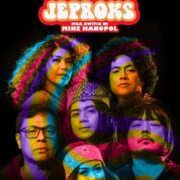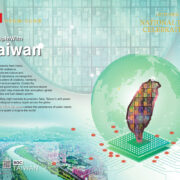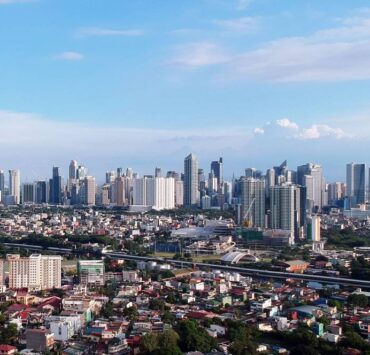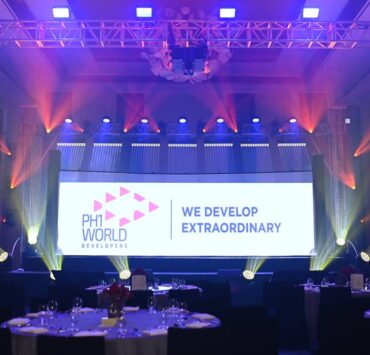New design trends taking over Filipino homes in 2025
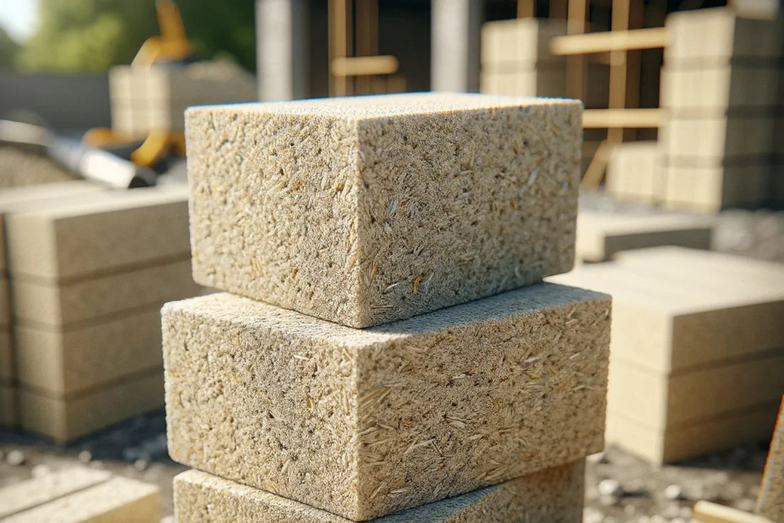
Architectural trends in the Philippines mark a shift toward innovative, green, and adaptable spaces that cater to functionality without sacrificing style.
A green revolution in construction
Architects and builders are turning to materials like hempcrete, an eco-friendly composite of hemp fibers and lime with excellent insulation and minimal environmental impact. Hempcrete reduces energy demands while improving indoor air quality, an essential factor in a tropical climate.
Bamboo and engineered timber also make waves as fast growing, renewable options that provide strength and style without depleting forests.
Alongside these, recycled steel and upcycled concrete are gaining favor for their durability and reduced carbon footprint. These materials support the global push towards net-zero buildings while celebrating innovative engineering.
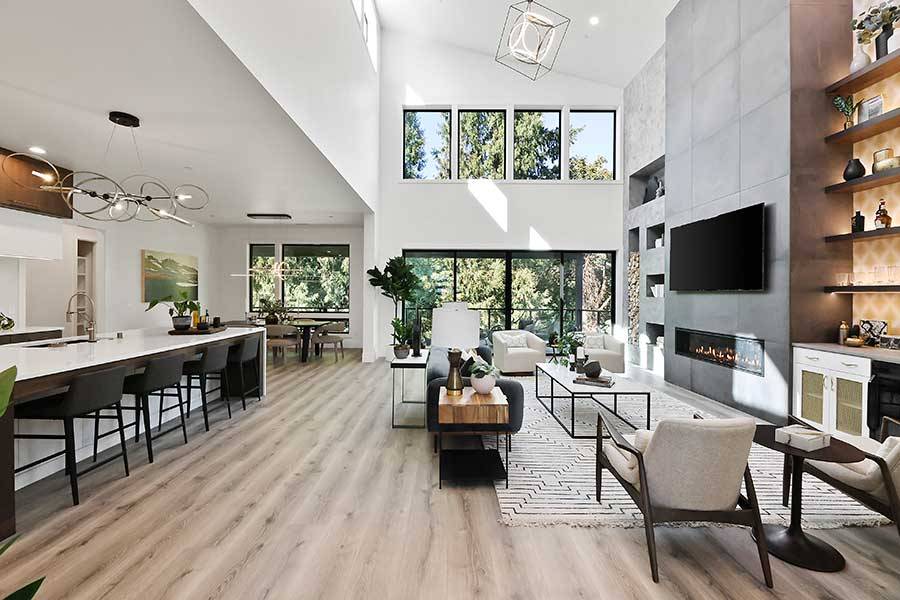
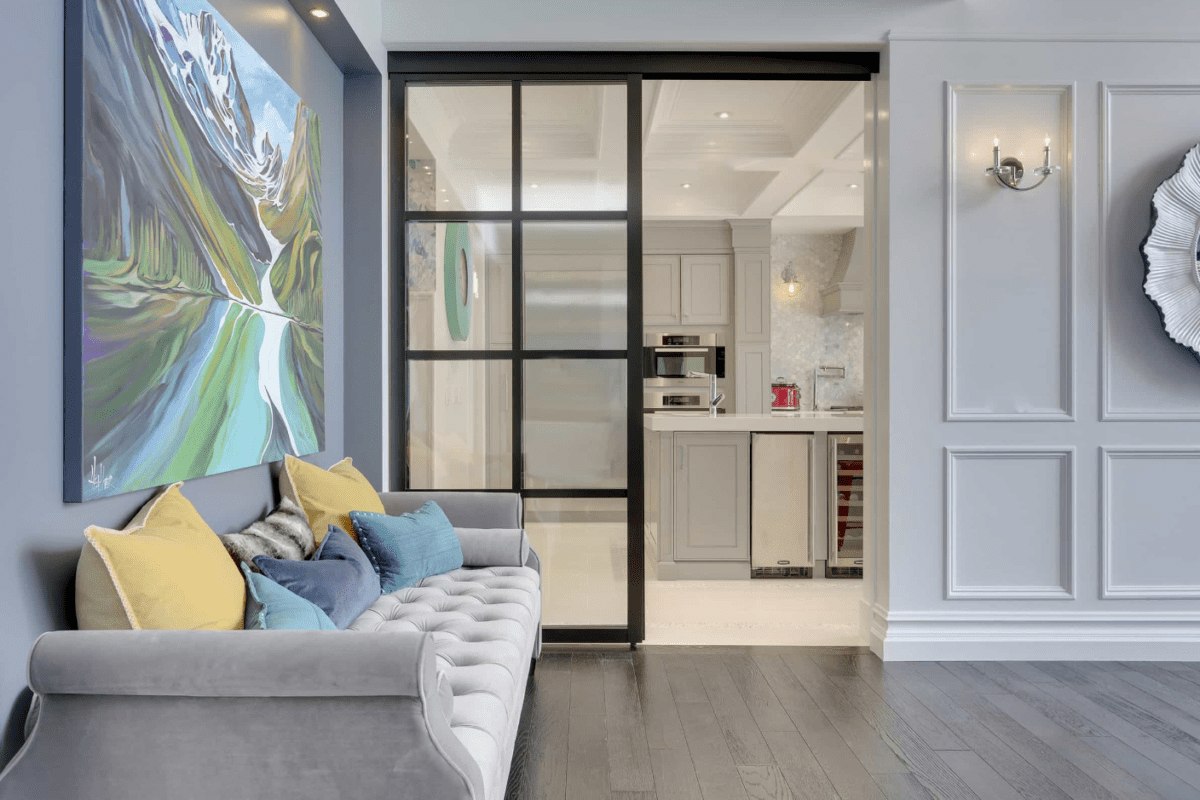
Spaces that evolve with you
Open-concept homes will remain a hallmark of 2025, emphasizing natural ventilation and daylighting. Filipinos embrace multifunctional spaces, where a single room can transform from a home office to an entertainment lounge or even a yoga studio. Sliding partitions, foldable walls, and modular furniture enhance this flexibility, making homes adaptable to changing lifestyles.
Wellness is also a key focus, with designs incorporating outdoor-indoor integration. Expect courtyards, pocket gardens, and green roofs seamlessly blending with living areas. These elements foster relaxation, better air circulation, and a natural connection.
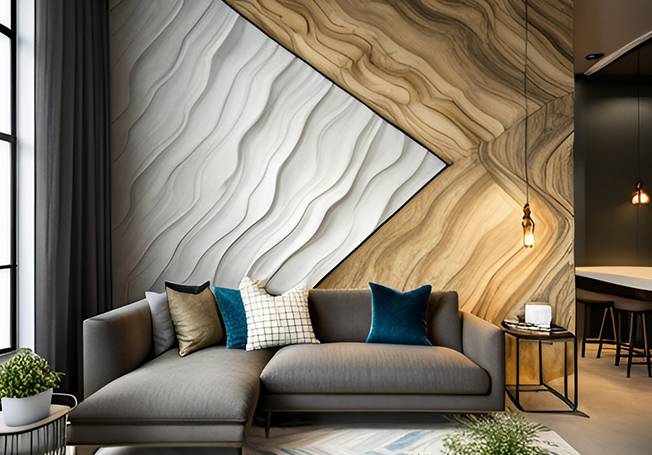
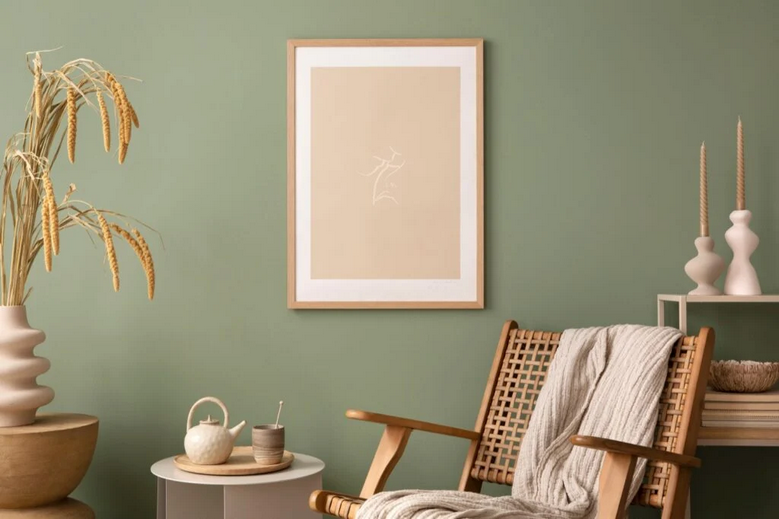
Rooted in culture, elevated by modernity
Interior palettes in 2025 embrace soft, earthy tones like sand, terracotta, and olive green, accented by brighter hues such as coral and mustard. These combinations create a calming yet vibrant atmosphere.
Furniture trends favor sleek, minimalist designs crafted from local materials like rattan, narra, and abaca.
Texture is a major player, with handwoven fabrics, raw concrete walls, and polished wood surfaces adding depth and authenticity. Statement pieces, like sculptural lamps and asymmetrical sofas, bring an artistic edge to otherwise streamlined interiors.
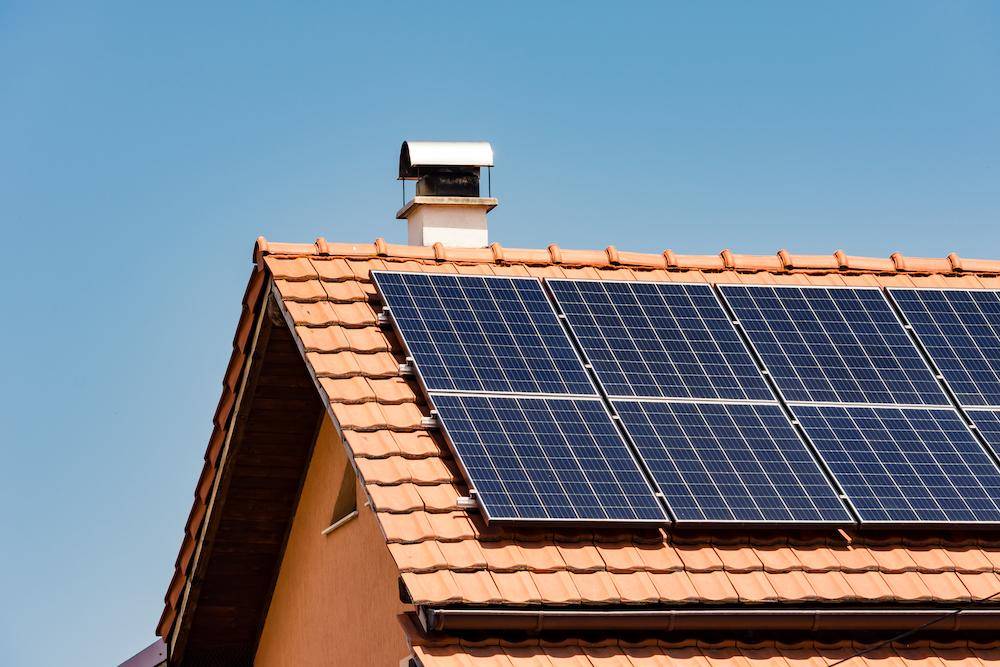
Living with intelligence
Smart systems that optimize energy, lighting, and climate control are now must-haves. Solar panels integrated with artificial intelligence systems allow homeowners to track and manage power consumption more efficiently. Security systems have also advanced, with biometric locks and AI-powered surveillance becoming standard.
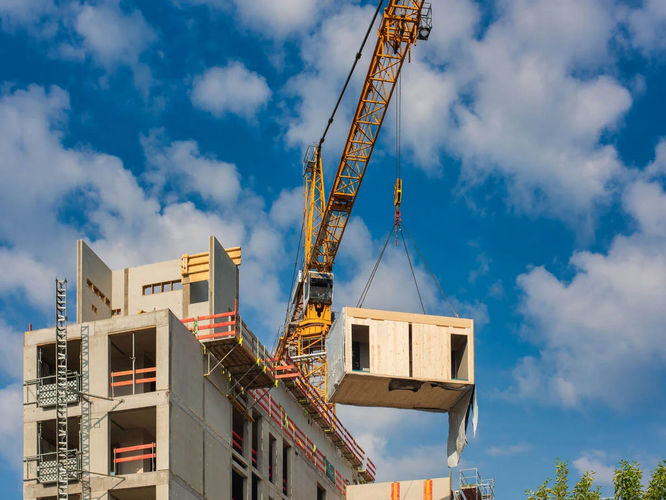
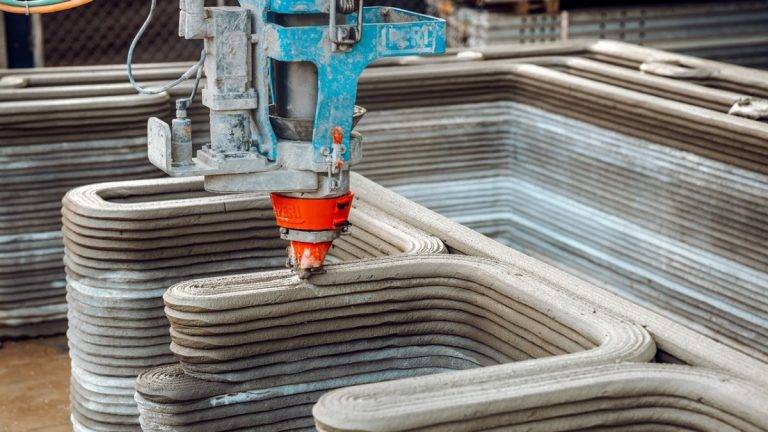
Faster, swifter building technologies
3D concrete printing offers faster, cost-efficient building solutions that can produce intricate designs with minimal waste. This method is proving especially valuable in addressing housing shortages and disaster-resilient structures.
Another trend gaining traction is modular construction, where pre-fabricated components are assembled onsite. This approach shortens project timelines while ensuring precision and quality.
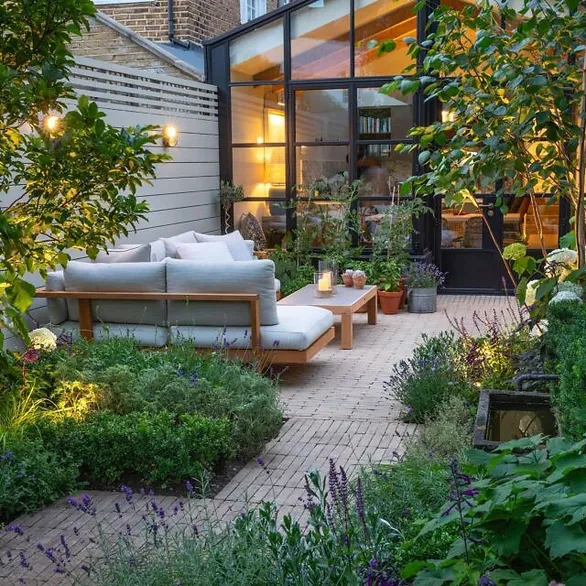
The Filipino tropical aesthetic
The modern Filipino tropical style is setting a high bar. Designs emphasize harmony with nature through large windows, extended eaves, and shaded patios that maximize passive cooling. Locally sourced materials, such as capiz shell accents and stone, are making a comeback innovatively, grounding modern aesthetics in Filipino identity.
Architects are reimagining traditional design principles with a fresh perspective, creating homes that feel open, cool, and deeply connected to the outdoors. This contemporary tropical style balances cutting-edge functionality with cultural resonance, delivering sustainable and soulful homes.
The author (www.ianfulgar.com), is a leading architect with an impressive portfolio of local and international clients. His team elevates hotels and resorts, condominiums, residences, and commercial and mixed-use township development projects. His innovative, cutting-edge design and business solutions have garnered industry recognition, making him the go-to expert for clients seeking to transform their real estate ventures



